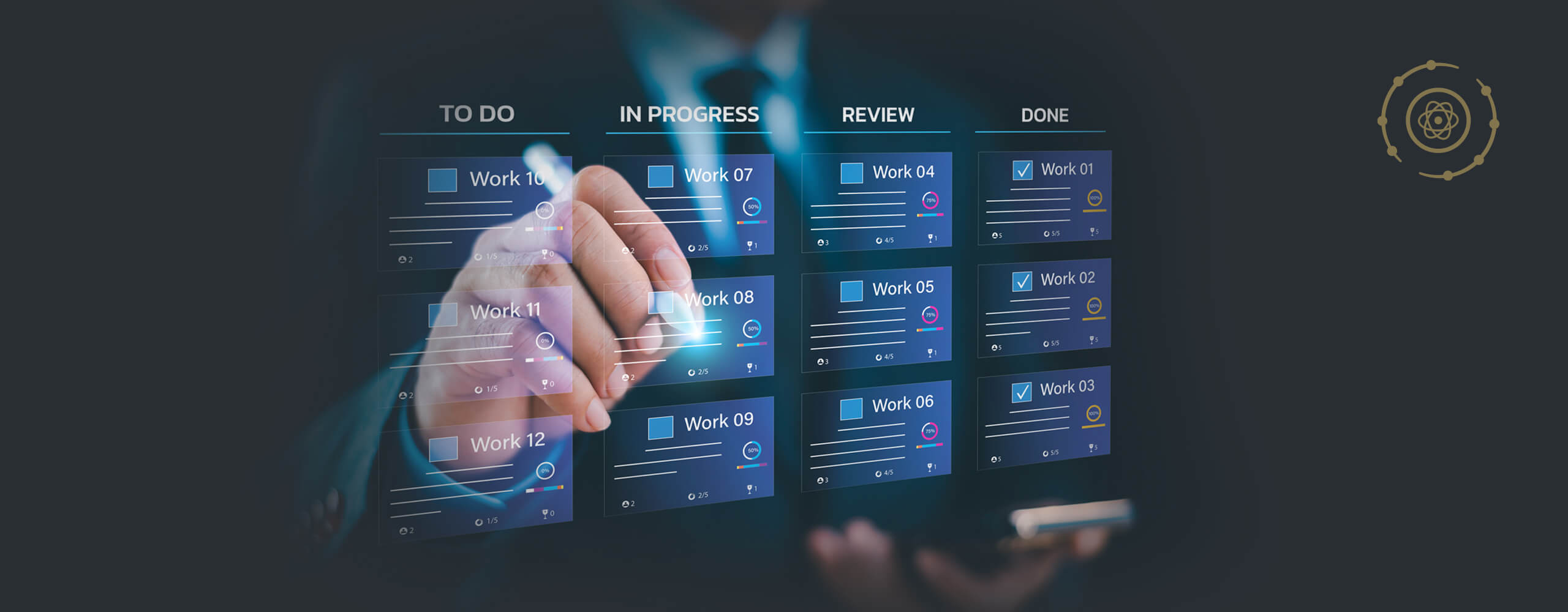|
Getting your Trinity Audio player ready... |
To achieve our goal of pushing boundaries and fearlessly taking our industry and our audience into the future we must grapple with real world obstacles like missed deadlines, budget overruns, and decreased team productivity. Without a clear system to track progress and coordinate tasks, projects can become disorganised, causing confusion and communication breakdowns among team members. This disarray can result in lower quality outputs, strained relationships, and ultimately, a diminished ability to meet client or audience expectations, which can damage a brand’s reputation and bottom line.
Effective project management involves planning, executing, and monitoring tasks to achieve specific objectives within a set timeframe and budget and offers numerous advantages, including improved organisation, enhanced communication, and streamlined workflows. It helps teams stay on track by providing clear timelines and milestones, ensuring that everyone understands their responsibilities and deadlines. It also promotes better resource allocation, reducing waste and increasing efficiency. By offering a central platform for collaboration, project management tools facilitate transparency and accountability, fostering a more cohesive and motivated team. Effective management of the project process leads to higher quality outcomes by enabling consistent monitoring and adjustment of progress.
Digital project management tools have revolutionised how teams collaborate and execute tasks. Asana is a comprehensive platform that allows users to create projects, assign tasks, and track progress through customisable workflows. Its strengths lie in its flexibility and integration capabilities, making it suitable for both small and large teams. Trello, known for its intuitive Kanban board system, is ideal for visual project management. Users can easily move tasks between stages, making it perfect for teams that thrive on visual cues. Slack serves as a communication hub, facilitating real-time collaboration and file sharing, which keeps project discussions centralised and easily accessible. Its integration with other tools further enhances productivity by consolidating various aspects of project management into a single platform.
Analog tools remain valuable for their simplicity and tactile nature. Whiteboards are excellent for brainstorming sessions and visualising project timelines, allowing teams to quickly map out ideas and workflows. Their physical presence in an office space can serve as a constant reminder of project priorities. Planners provide a personal, tangible way to organise daily tasks and long-term goals, offering a straightforward approach to time management. Gantt charts, whether on paper or printed, are useful for outlining project schedules and dependencies, giving a clear visual representation of project timelines and helping teams stay on track with deadlines.
Both digital and analogue tools have unique benefits, and their effectiveness often depends on the context and specific needs of the team. Digital tools offer scalability, real-time updates, and remote accessibility, making them indispensable in today’s fast-paced, connected world. Analog tools, on the other hand, provide a hands-on approach that can enhance focus and foster creative thinking during planning phases or in collaborative settings where digital distractions are minimised. Combining both types of tools can provide a balanced approach, leveraging the strengths of each to optimise project management outcomes.
The implementation of project management tools varies between creative and non-creative industries. Creative industries often require more flexible, visually-oriented tools to accommodate brainstorming and iterative processes, while non-creative industries may prioritise structured, process-driven tools to ensure precision and compliance. Both can learn from each other: creative industries can adopt more structured approaches to improve efficiency, while non-creative sectors can embrace more flexible tools to foster innovation and adaptability. This organised approach leads to a more consistent and impactful brand presence, which strengthens audience trust and engagement. Similarly, using a combination of digital and analogue tools can streamline operations, allowing a focus on delivering high-quality, customer-centric experiences that deepen audience relationships and drive business growth. By integrating the strengths of both, you create a dynamic, well-rounded approach to project management that enhances productivity, encourages innovation, and positions your brand to lead with courage and clarity in the competitive marketing landscape.
Nucleus Vision Digital and Design Legends
A full-service Marketing and Design Agency
hero@nucleusv.com
www.nucleusvision.digital


